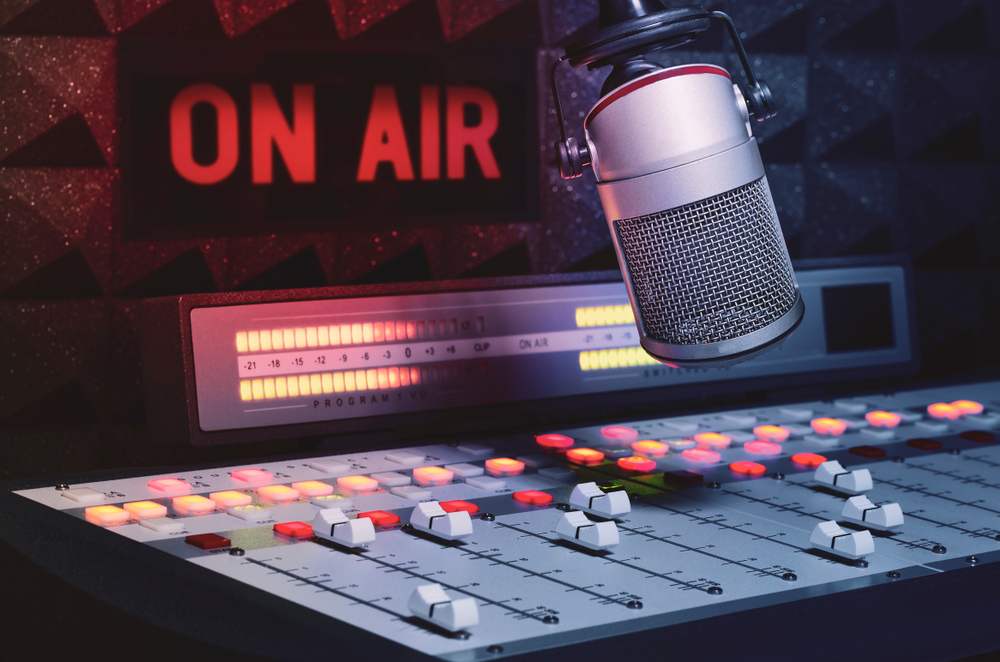Choosing A Microphone For Your Video
The importance of sound in any film or video production can not be overstated. Here are some things to think about before purchasing a video production microphone; capturing high-quality audio is critical for your film or video.
However, in order to capture that sound, you must use high-quality production microphones in conjunction with your recording device. Choosing the best production microphone for the job isn't always straightforward. Before you make the purchase, you can ask yourself a lot of questions. Let's go through some of those concerns and see if we can help you find the best output microphone for your needs.
What Is the Microphone Going to Be Used For?
The most important thing to ask yourself is, "What am I doing with this microphone?". Different productions and scenes necessitate the use of different microphones, so it's important to understand the situation before purchasing a microphone. Let's take a look at the three big microphone options and where they fit in the output.

1- Shotgun Microphones
Shotgun microphones may be used for a variety of purposes on a production set. Their name comes from the way they recorded sound. You point the mic at what you want to hear, and it captures not only the tone, but also the surrounding sound. Shotgun microphones may be used to record a scene's dialogue or sound information. They are frequently used for foley and ambient room tone recording.Although shotgun microphones are excellent in tight spaces, they appear to pick up more sound than is needed for dialogue.
2- Lav Microphones
A lavalier microphone (also known as a lapel microphone) is the industry standard for recording conversation. When performing an interview for television, documentary film, or industrial footage, these mics capture amazing audio. Lavs are available in both wired and wireless models, both of which are small enough to conceal under the collar of a shirt or on the underside of a jacket. These mics should be placed as close to the middle of the chest as possible. Lavs are light enough that a little gaffer tape will suffice to secure the mic under your sweater. When using a lav mic, just remember to be courteous and professional.
3- Video Microphones
Video microphones are a form of shotgun microphpnes, but they are not intended to capture the final audio for a production. They attach directly to the camera to capture scratch-track audio, allowing your editor to easily sync the video and high-end sound in post.
If you've determined your production requirements, you can start looking for microphones — but there are a few more questions you should ask before making your order. We can list them as follows;
How Big is Your Production and How Much Money Do You Have?
Answering this question will help you determine what you require and what you can afford. There are options getting high-quality production microphones to capture your audio and of course it depends on your budget. Only be careful not to overspend, as Film Shortage recently pointed out.
If your camera costs a few hundred dollars, it's not worth it to spend a couple thousand dollars on a microphone, as the quality of the two would be incompatible.
The key here is to make certain that you create and adhere to a budget for yourself. Audio equipment can quickly add up in price, so make sure the production microphone you choose can do the job you need it to do.
Be Aware of the Pickup Pattern
The pickup pattern of a microphone describes how well it detects different sounds coming from different directions. Depending on what you're recording, you'll want to look at the pickup pattern before deciding on a production microphone. Knowing your microphone's directional response can come in handy when you're in production.

Omnidirectional
Omni microphones are like monsters. They record audio in a circular pattern, which means they collect sound from all directions. Since these mics are essentially a catch-all, they are often used as the built-in microphone for most cameras. When you need to cast a big audio net, you can also use a standalone omni mic. Because of its ability to capture a wide range of audio, it has become a favorite among documentary filmmakers who want to capture wide audio during observational moments. There are also several omnidirectional lavalier microphones.
Bidirectional
Bidirectional microphones are excellent for capturing ADR (automated dialogue replacement). These mics have a spatial pattern that comes from the left and right hand, with very little range from the top and bottom. Aside from ADR for film and animation, these types of microphones are often used in music recordings.
Unidirectional
When you think of unidirectional microphones, you might think of shotgun microphones. As previously said, you point the mic at what you want to capture, and it not only captures the sound, but it also captures the surrounding sound. On set, these microphones are frequently used to capture production audio as well as foley and ambient sound.
Cardioid/Hypercardioid
The bulk of the handheld microphones we use are cardioid. They catch sound in an unusual pattern that is commonly known as heart-shaped. These mics are excellent for recording vocals and come in a variety of shapes and sizes, ranging from regular mics for singers to lapel mics for interview conversation.
Do You Need Any Microphone Accessories?
For sure, having a video production microphone will get you started, but you'll need a few other accessories to achieve optimum output indeed.
